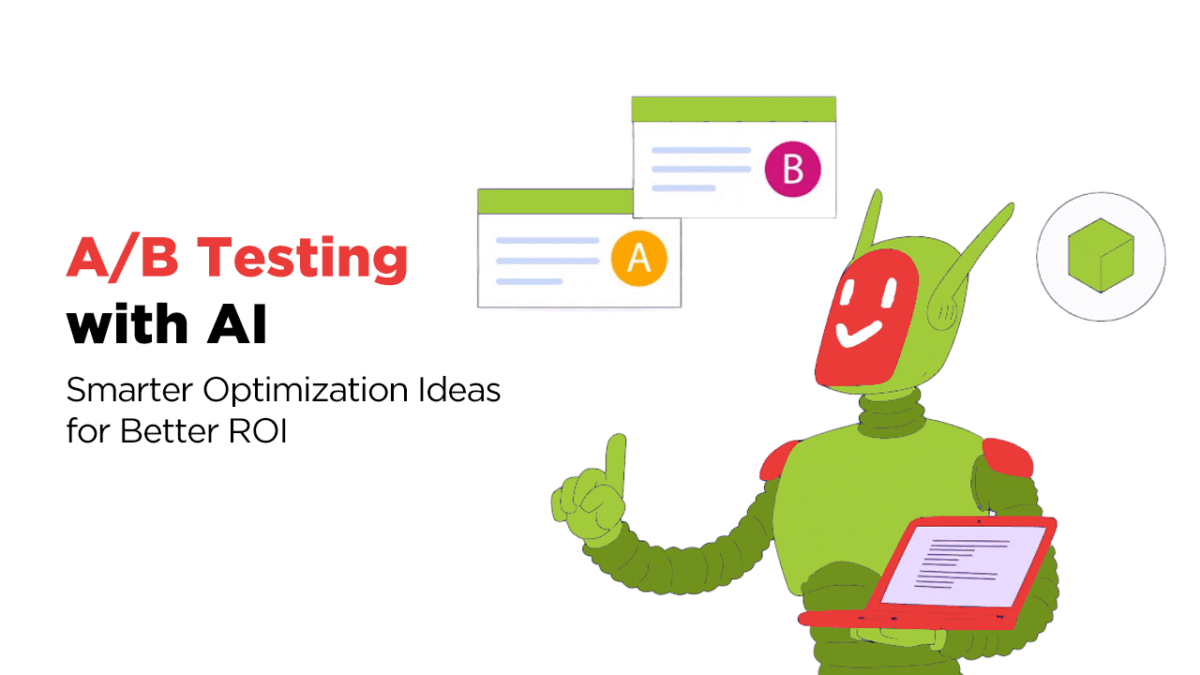
A good offer can still flop if the creative doesn’t click. In affiliate marketing, even small creative choices can mean the difference between a scroll and a sale.
That’s why many top affiliates rely on A/B testing, comparing two versions of a page, ad, or email to see what actually works. But traditional testing takes time, and by the time you get results, the traffic may have moved on.
AI can help solve that precisely. It speeds up testing, spots what’s working early and helps you adapt in real-time, without wasting budget. According to a 2025 report by AI Testing Tools, this approach cuts testing time by up to 70% and increases test coverage by up to 90%. For performance marketers, that means quicker decisions and more reliable results, without wasting budget or traffic.
In this blog, we are going to talk about how A/B testing works in affiliate marketing, the best AI tools that affiliates can use for A/B testing, and how AI is changing the game for affiliates across traffic types and platforms.
A/B testing is the process of comparing two versions of a campaign element to see which one performs better. In affiliate marketing, this could mean testing different ad creatives, call-to-actions, headlines, or even how and where you place tracking links.
For example, you might be promoting a beauty product through a native ad campaign. You try two versions: One ad uses a close-up image of the product, and the other uses a “before and after” result image.
Both lead to the same advertiser-provided landing page, but you’re testing which creative drives more clicks and conversions. Affiliates need to typically test:
The key point is that you’re not editing the product page; you’re optimizing how people get there. Every test helps you understand what works best for your audience and traffic channel.
Over time, these small changes can lead to a big difference in ROI. But testing manually takes time, especially when you’re juggling multiple offers, formats, or geographies. That’s why many affiliates are now exploring smarter ways to scale this process, like using AI for A/B testing.
Affiliate campaigns often demand speed as the offers change, traffic spikes unexpectedly, and you’re constantly testing new angles to stay ahead. But the problem is that traditional A/B testing isn’t built for this pace. And, affiliates need to work on the creative elements that bring users to those pages: the ad visuals, the hook, the headline, the traffic type, and the timing.
Traditional A/B testing methods, like creating separate campaign versions manually, waiting days to gather data, and analyzing results one test at a time, don’t match the speed at which affiliate decisions are made. Here’s where things slow down:
And if you’re managing multiple campaigns across geos or platforms like Telegram, SMS, content, or media buying, you’re likely juggling more tests than you can handle manually. This is where AI in A/B Testing handles the repetitive parts, so you can focus on strategy.
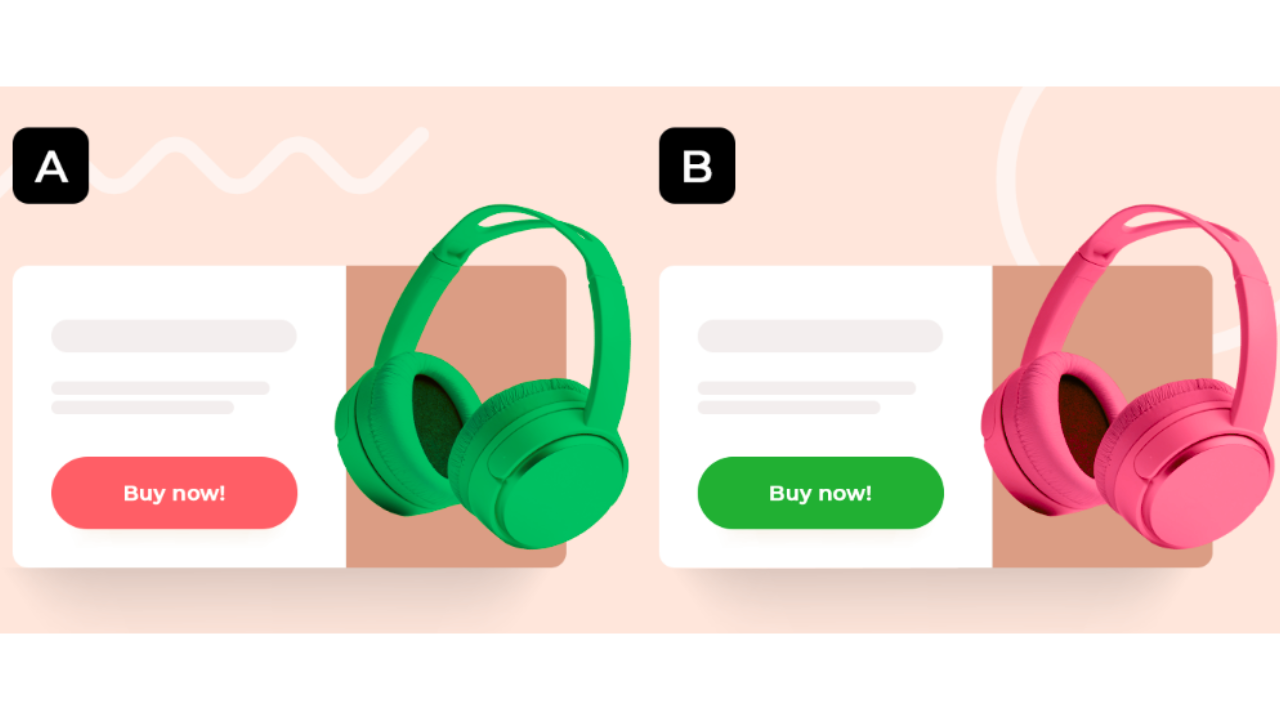
AI-powered A/B testing tools offer something affiliates desperately need: real-time feedback across multiple variables and traffic sources, without manual effort. Instead of waiting for results, AI platforms automatically optimize what’s working. You can test multiple creatives, headlines, or hooks across campaigns and get insights in real time.
Here’s how AI in A/B Testing is making things more efficient for affiliates:
AI doesn’t change the fundamentals; you’re still promoting offers through approved channels with pre-set tracking and landing pages, but it gives you more control over what you can test. With AI, you can tweak a creative for a high-performing coupon site or test headlines in a content partnership. AI helps make those decisions faster and with more confidence.
You don’t need advanced tech skills to use AI for A/B testing. Many tools are built for everyday marketers, helping you test faster and make better creative decisions across your traffic channels. If you’re running paid ads, building content on your website, or engaging audiences on social media, AI helps you figure out what works without wasting time or traffic.
Here are some simple, real ways affiliates are using AI for A/B Testing:
With so many channels to manage, affiliates don’t always have the time (or team) to run complex tests. These AI tools cut through the manual work and help you test smarter if you’re scaling paid ads, fine-tuning a blog, or experimenting with SMS campaigns. Each tool below is easy to use and maps well to specific affiliate workflows:
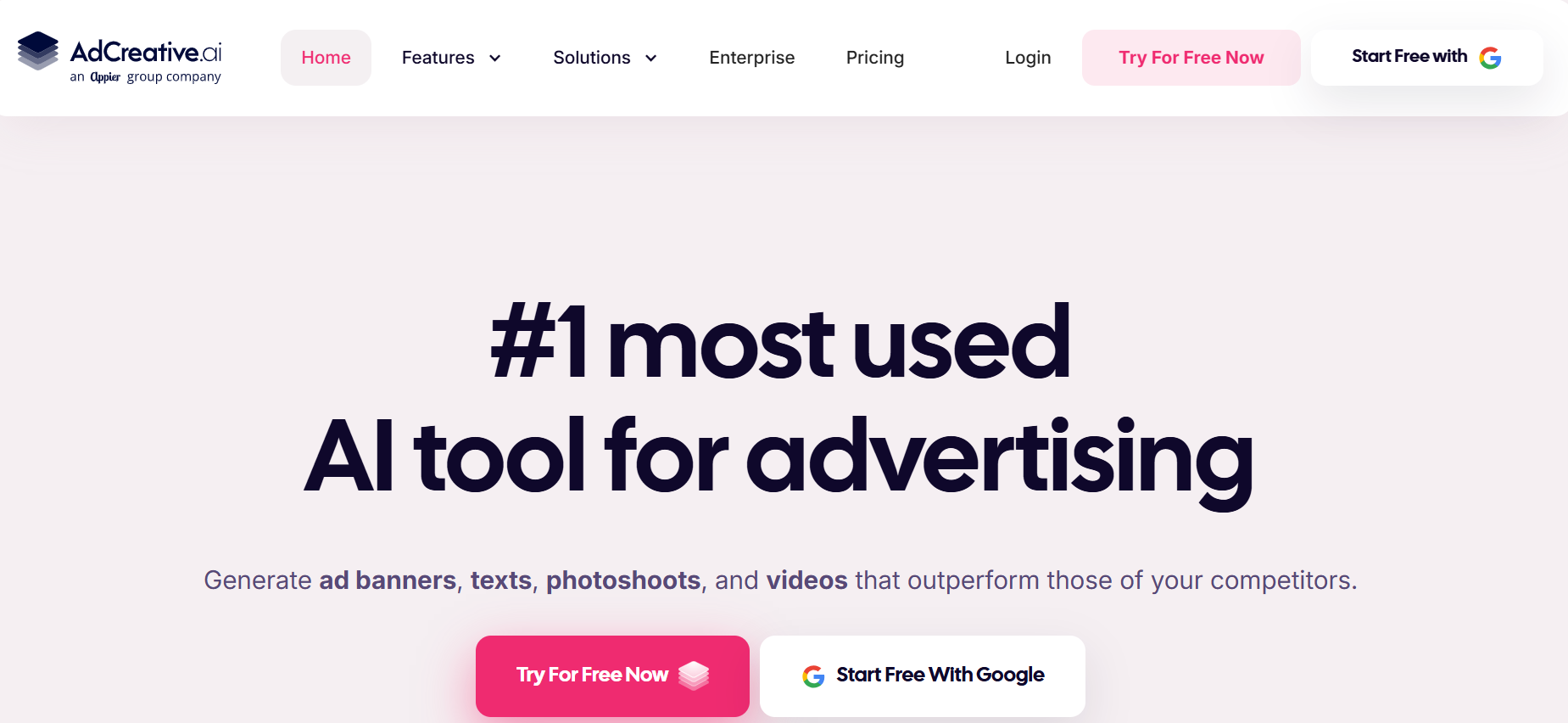
Running paid ads on Facebook, Google, or Instagram? AdCreative.ai can instantly generate and test multiple ad versions. It scores each creative on its potential to convert, helping you choose the best one before spending your budget. It can be used for Google/Facebook Ads, testing image + text combos, and faster ad approval cycles.
If you’re A/B testing banners or iterating on copy. AdCreative.ai integrates seamlessly with major ad platforms, offering a freemium model with paid plans starting at just $29/month. It’s an ideal tool for affiliates managing large-scale paid traffic campaigns who want better ROI without trial-and-error guesswork.
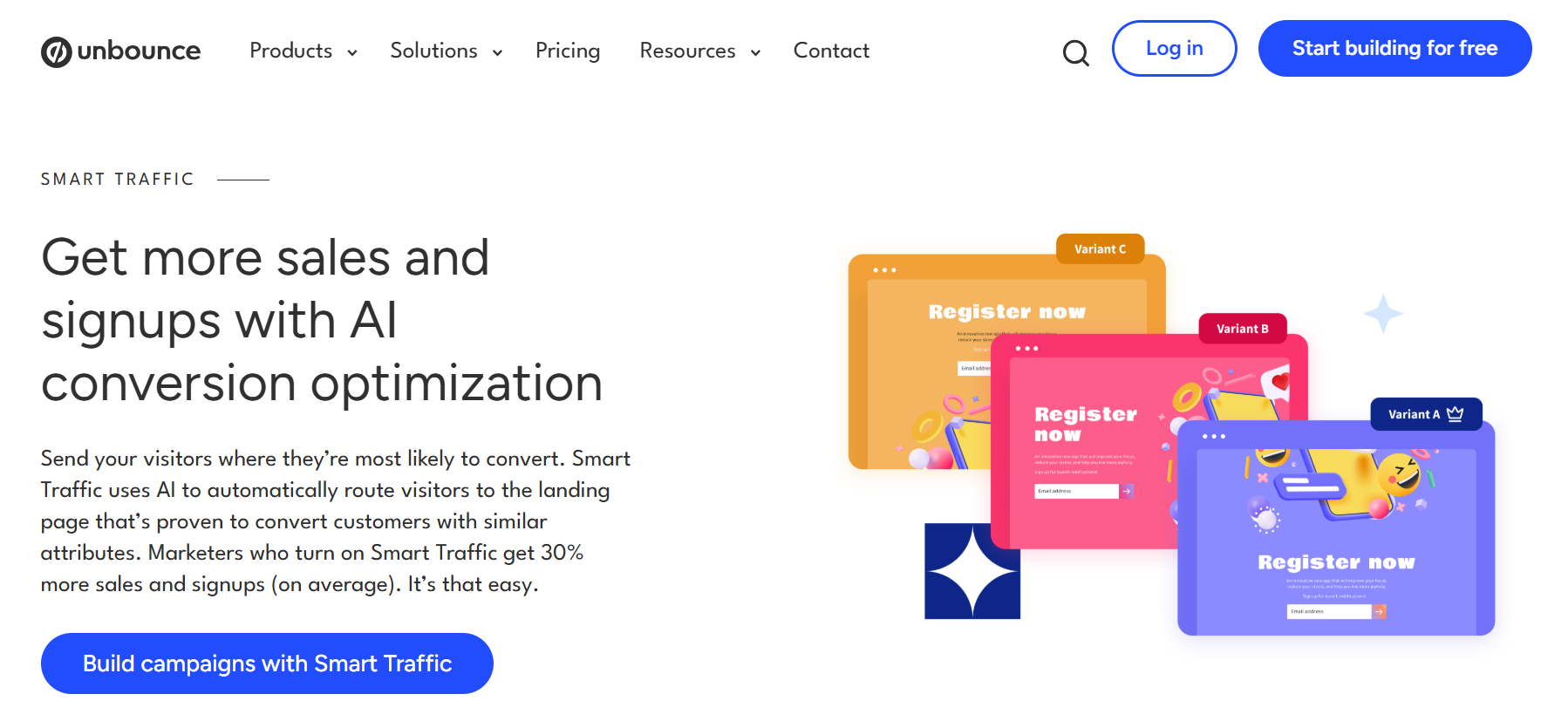
If you’re driving traffic to custom landing pages (especially on your own site), Unbounce uses AI to automatically send each visitor to the version most likely to convert based on their behavior. It can be used for blog/Website landers, faster split testing without code, and boosting conversions from organic or paid traffic.
If you’re testing page designs, lead gen forms, or pre-landers, Smart Traffic helps improve conversions faster than traditional split-testing methods. Pricing starts at $99/month, with Smart Traffic included in all paid tiers, making it a solid investment for scaling results.
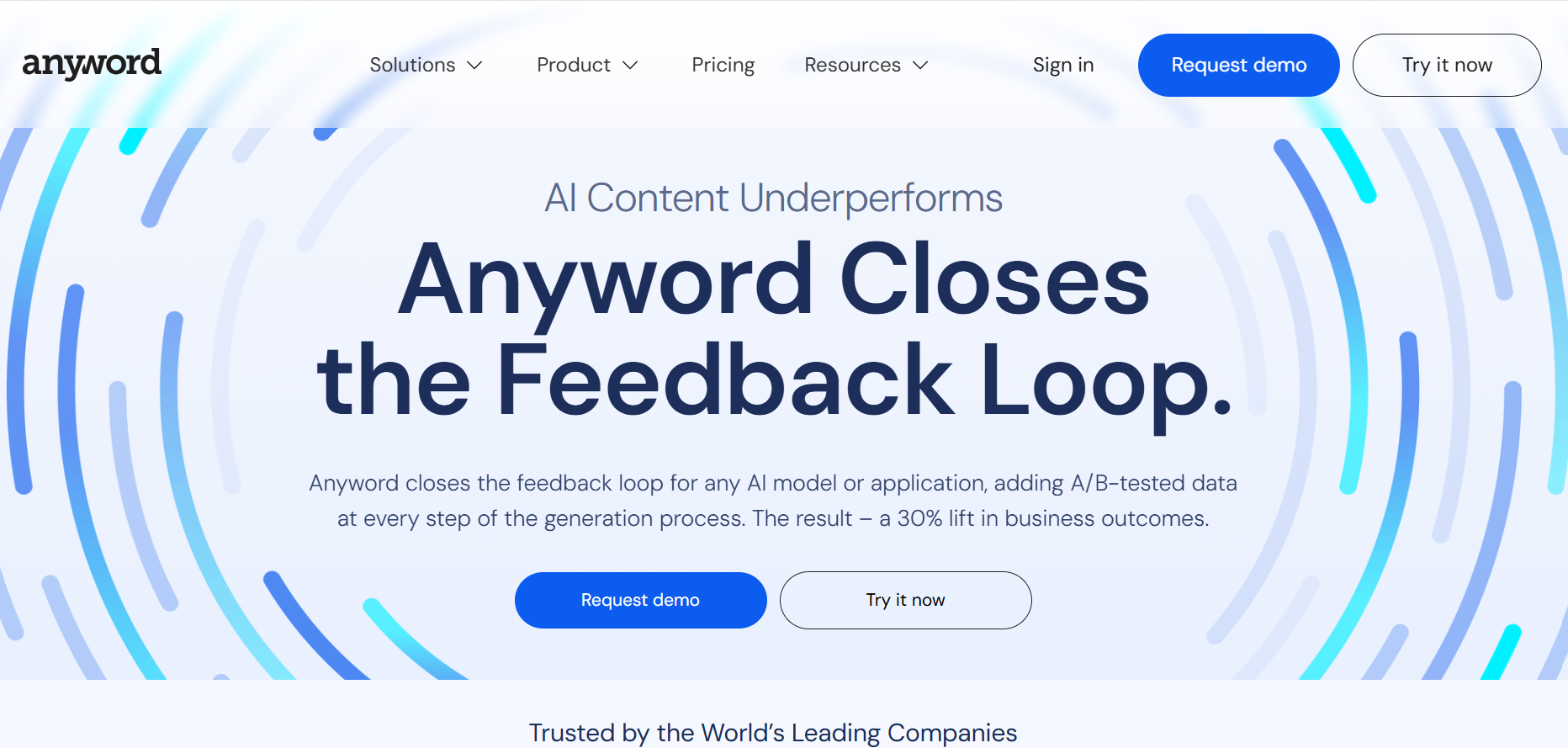
This AI writing tool lets you test different headlines, CTAs, and messages in seconds. It predicts how each version will perform and helps you tweak content based on your audience type. It can be used for email/SMS campaigns, social media promos, and blog intros and product reviews.
It also provides persona-specific suggestions, helping you craft high-converting CTAs, blog intros, or even product reviews tailored to different user intents. Anyword operates on a freemium model with paid plans beginning at $39/month, making it accessible to both beginner affiliates and seasoned media buyers alike.
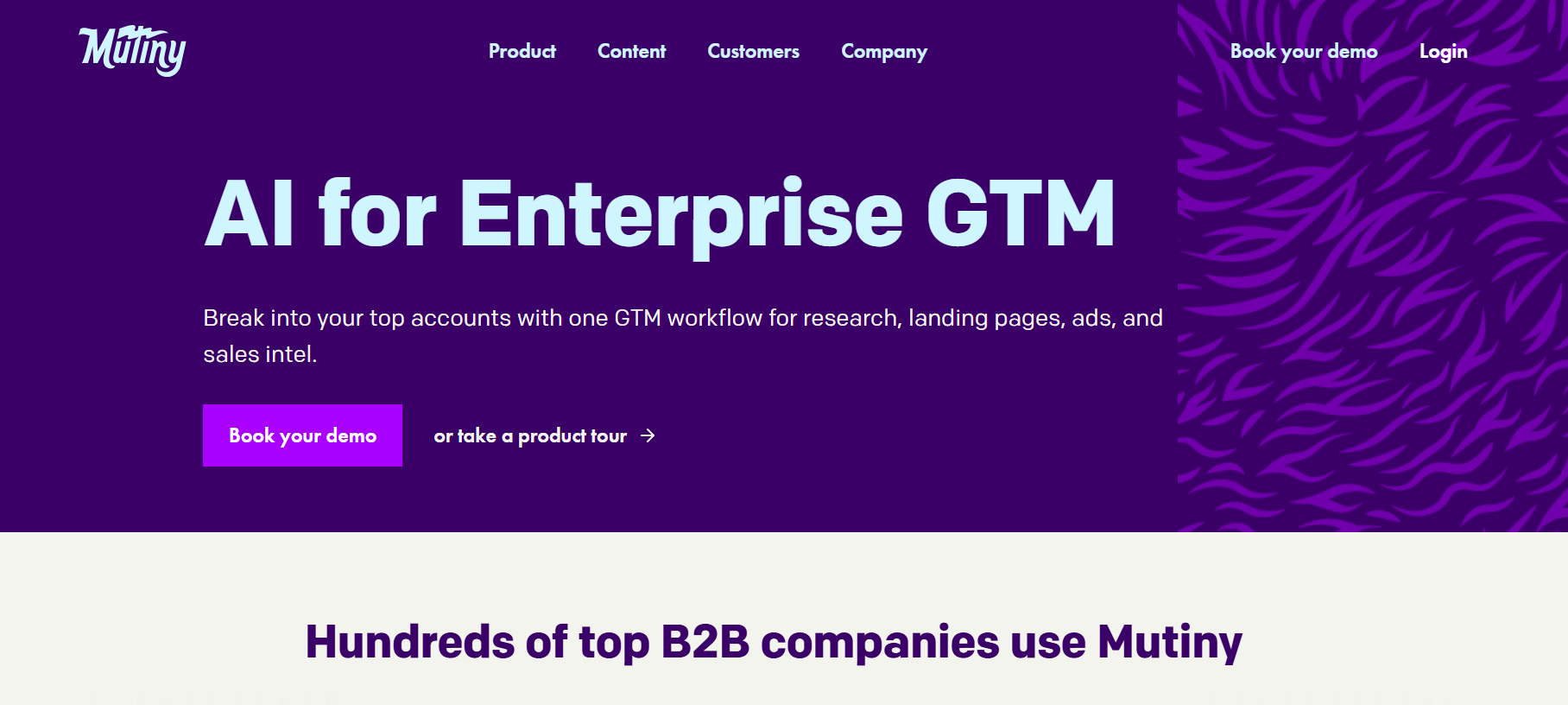
Running your own website or niche blog? Mutiny helps you personalize content for different visitors, by device, location, or traffic source, without needing developers. It’s ideal for content-heavy affiliate setups. It can be used for changing CTAs or banners by region, A/B testing article layouts, and personalizing for mobile vs. desktop.
It’s particularly useful for campaigns that target different audience segments or regions, enabling you to dynamically serve the most relevant messaging without needing developer support. Mutiny is an enterprise-level tool with custom pricing, but its impact on conversion rates makes it a strong contender for serious affiliates aiming to scale.
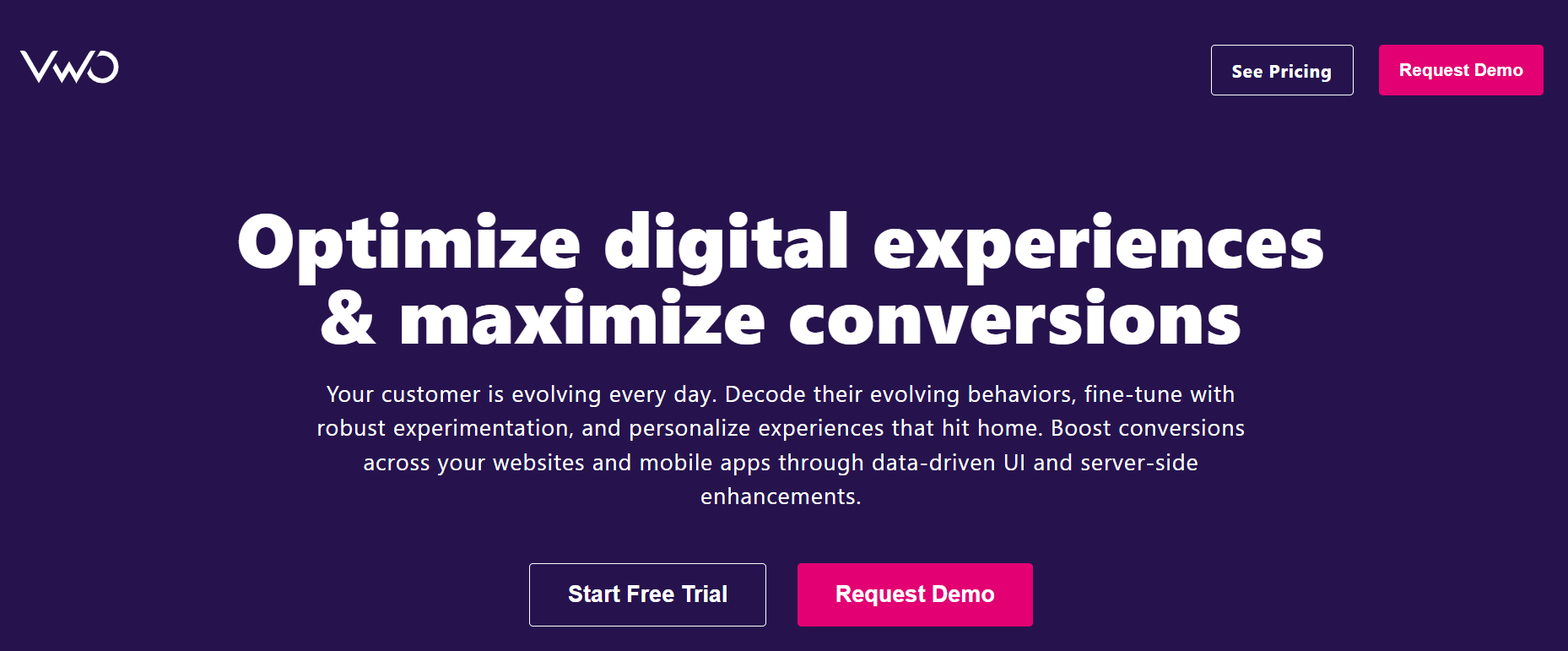
If you prefer full control and have your own site, these tools let you set up classic A/B tests without much tech know-how. Google Optimize was phased out, but VWO still offers beginner plans suited for affiliates. It can be used for testing pop-ups, buttons, or form placement, improving blog post engagement, and validating creative ideas before scaling.
VWO also offers AI-generated testing ideas and image variations, streamlining your decision-making process. There’s a free plan available, with paid plans starting at $154/month, making it a great long-term testing tool for affiliates who prioritize data-backed performance.
Even with powerful tools, AI won’t magically fix poor testing strategies. To get real results, here are some smart habits that align with how top affiliates run campaigns:
A/B testing is one of the most reliable ways to improve your affiliate results. With AI, affiliates no longer have to guess what works; testing creatives, formats, and traffic sources becomes quicker and more accurate. If you’re working with native ads, email, or content, these tools help you spot patterns and optimize faster without burning through budget.
At vCommission, we understand that affiliates need flexibility, fast insights, and clear tracking. That’s why we support testing across multiple traffic types and offer reliable postback tracking, regular validation, and campaign-level guidance. If you’re experimenting with new channels or scaling existing ones, having the right infrastructure makes testing easier.
Keep improving, keep testing, and focus on what drives results. With smart tools and a strong affiliate network, you’ll be able to turn small changes into consistent growth.